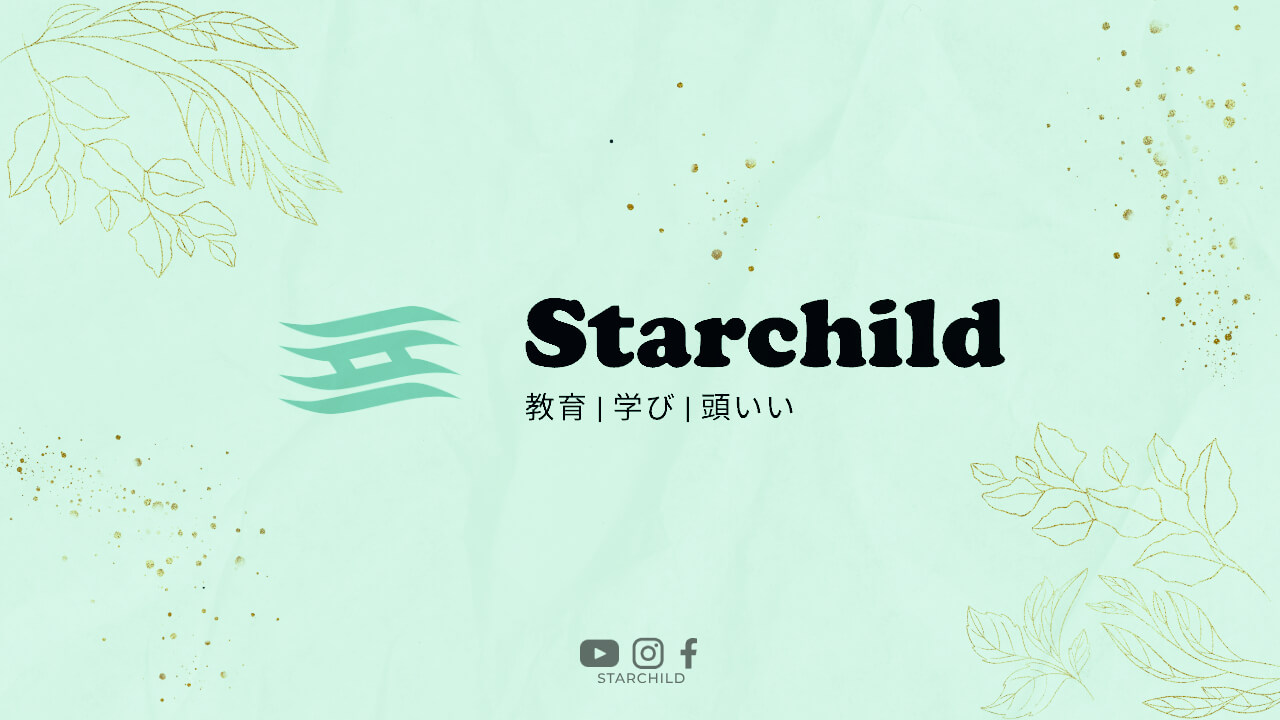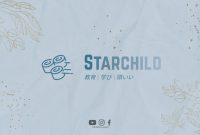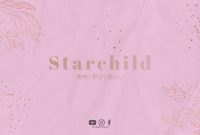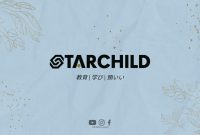予備校 or yobikō, is a type of educational institution that provides supplementary education to students who are preparing for entrance exams to universities and colleges. The curriculum of a yobikō is designed to help students succeed and pass these exams.
What is a Yobikō Curriculum?
The yobikō curriculum is structured to cover all the subjects that are tested in the entrance exams. These subjects typically include Japanese, English, mathematics, science, and social studies. The curriculum is also designed to help students improve their critical thinking and problem-solving skills.
Most yobikōs offer a range of courses that cater to the different needs of students. These courses may include regular classes, intensive classes, and crash courses. The regular classes are conducted over an extended period, while the intensive classes are usually held during the school holidays. The crash courses are designed for students who need to catch up on their studies quickly.
How is the Yobikō Curriculum Structured?
The yobikō curriculum is structured into different levels, depending on the subject and the level of difficulty. For example, there may be a basic level, an intermediate level, and an advanced level for each subject. The curriculum is designed to progress logically from one level to the next, and students are expected to master the material at each level before moving on to the next one.
The yobikō curriculum also includes regular tests and assessments to help students monitor their progress. These tests may be held weekly, monthly, or at the end of each level. The results of these tests are used to identify areas where students need more help and to adjust the curriculum accordingly.
What are the Benefits of a Yobikō Curriculum?
The yobikō curriculum has several benefits for students who are preparing for entrance exams. Firstly, it provides a structured and focused approach to learning, which can help students stay motivated and on track. Secondly, it covers all the subjects that are tested in the entrance exams, which means that students are well-prepared for the exams. Finally, the yobikō curriculum is designed to help students improve their critical thinking and problem-solving skills, which are essential for success in higher education.
How to Choose a Yobikō Curriculum?
Choosing the right yobikō curriculum can be challenging, especially with the wide range of options available. Some factors to consider when choosing a yobikō curriculum include the reputation of the institution, the quality of the teachers, the course structure, and the fees. It is also essential to consider the location of the yobikō and the availability of transportation.
It is a good idea to research different yobikōs and read reviews from past students before making a decision. It may also be helpful to attend an orientation session or a trial class to get a better idea of what the curriculum and teaching style are like.
Conclusion
The yobikō curriculum is designed to help students succeed and pass entrance exams to universities and colleges. The curriculum covers all the subjects that are tested in the exams and is structured to progress logically from one level to the next. The yobikō curriculum also includes regular tests and assessments to help students monitor their progress. When choosing a yobikō curriculum, it is essential to consider factors such as the reputation of the institution, the quality of the teachers, and the course structure. With the right yobikō curriculum, students can improve their critical thinking and problem-solving skills and achieve their academic goals.




